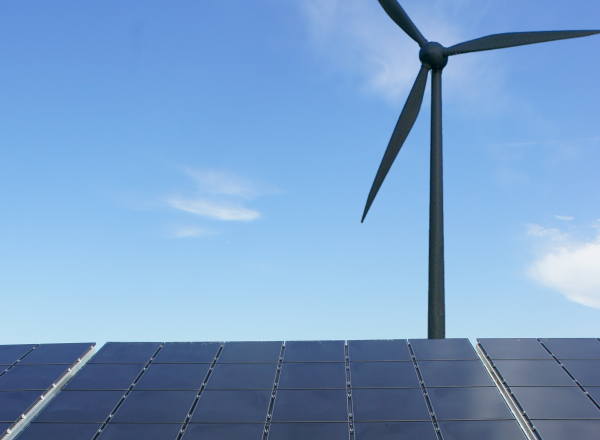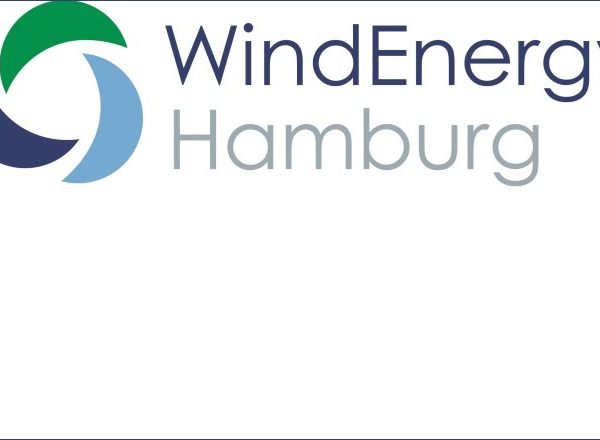Overview
Last month (September 22nd-25th) the biennial industry ‘WindEnergy’ exhibition and conference in Hamburg took place and we were happy to attend. The exhibition included participants from approximately 100 countries and was spread over nine exhibition halls containing more than 1,400 exhibitors. The exhibitors covered all areas of the onshore and offshore wind industry, from wind speed modelling to wind turbine maintenance to name just two of the many specialisms covered. The event also hosted various side workshops and conferences which again covered all aspects of the industry. The conference was therefore of great interest to us, with the ‘Wind Energy and Aviation’ workshop, being of particular importance to our sector of the wind industry. In this article we provide a roundup of the information presented and discussed at the workshop.
Wind energy and aviation workshop
The workshop was hosted on the Wednesday afternoon. It was an interactive affair, with questions asked to the industry audience about the key aspects of wind energy and the aviation issues it faces. Presentations focused mainly on the European wind industry and were given on key topics including:
- Autonomous aviation lighting and Autonomous Radar Detection Systems (ARPS);
- French military safeguarding;
- Standardisation of offshore wind turbine marking and lighting.
Each of the three key topics are discussed in greater detail in the following sub-sections.
ARPS
ARPS is a wind turbine lighting system designed to only initiate in the presence of an aircraft to warn pilots of their presence. We previously discussed this topic in our news article published in mid-2018. The system uses radar to detect the approaching aircraft within a particular range of a wind turbine. The radar can be located at the wind turbine location or further afield, as long as the radar has suitable coverage to detect approaching aircraft from all directions. The aim is to reduce unnecessary light pollution.
To date there is no guidance surrounding ARPS however the UK Civil Aviation Authority (CAA) stated they were looking into this and would be introducing guidance in this area in late 2019.
On a more general note, the CAA stated that they would review industry produced material on any subject in the wind and aviation sector however detailed studies and evidence would be required to back up any proposals.
French military safeguarding
We previously discussed the French military safeguarding criteria known as DEMPERE[1] which are unusual in the context of safeguarding criteria compared to the rest of Europe. The Dirección General de Aeronáutica Civil (DGAC – equivalent to the UK CAA) do not allow case by case deviation. If a wind development fails the criteria, then an objection is maintained. The DGCA do offer pre-planning/pre-application service where an initial assessment will be provided, however a response is not guaranteed. Once the final application is submitted, the DGCA have to respond within 2 months. Planning permission in France is referred to a ‘Permis de construire’ (also referred to as PC).
With regard to lighting, since 2009 every wind turbine over 50m tall requires a light fitted to the nacelle. ARPS will be considered, otherwise 2000 candela steady red lights are required.
Offshore wind turbine marking and lighting
There was a call for the standardisation of offshore wind turbine marking and lighting, particularly within the North Sea, where many offshore wind farms are proposed, under construction or already operational. The purpose of standardisation is to ensure pilots of aircraft, marine vessels (or anyone else where accurate determination a wind turbine is required) can easily identify the wind turbines. Currently wind turbines can be marked in various ways, in accordance with the aviation standards of its country. This means the lighting or marking of offshore wind turbines in the North Sea may look different depending on their country of origin. The proposed universal lighting and marking scheme includes:
- No lights on the tower;
- No lights on the blade tips;
- Only the periphery of a wind farm to be illuminated;
- Possibility to combine helicopter light and search and rescue lights;
- Lights only on when required;
- Only one light on the nacelle with two bulbs for redundancy;
- Possibility to regulate lighting intensity;
- Only the turbine transition piece to be marked yellow, not the tower;
- No marking on nacelle i.e. red stripes;
- Blades to be marked with red or orange stripe, or not at all;
- Lights equipped with a solar photovoltaic panel;
- Reduction of back up down time to 36 hours.
However, there are difficulties implementing this because it requires co-operation between the relevant aviation authorities who each have developed various lighting and marking standard documents based on their interpretation of ICAO Annex 14, which presents the original guidance for obstacle markings. The complication is that the guidance can be interpreted in different ways.
The overall aim is to have a standardised marking and lighting scheme for all onshore and offshore wind turbines throughout Europe (preferably the world), however this is still some years away. It is unlikely that existing turbines would be retrofitted, and this means that there would be no lighting or marking alterations until they are decommissioned, which is typically 25 years after construction.
Conclusions
The main areas covered within the workshop were wind turbine lighting, marking and the overarching need for co-operation between civil aviation authorities in Europe. Those in the wind industry were encouraged to continue engaging with aviation stakeholders, with the reverse also advised, especially in countries where stakeholder engagement is not so forthcoming.
An update to this article will be published when the workshop information is disseminated.
[1] DEMonstrateur de PErturbations Radars générés par les Eoliennes.


